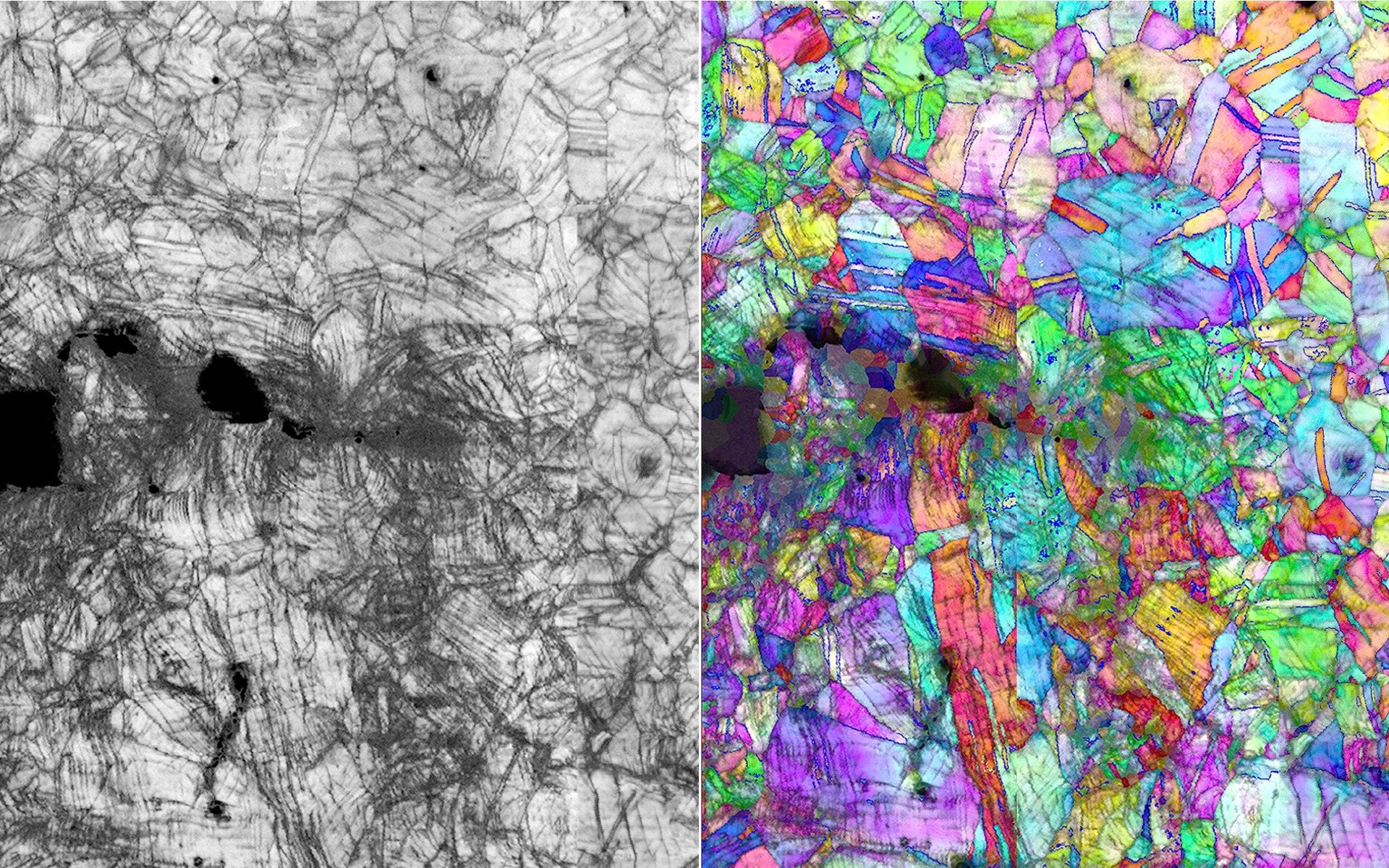Trees stand as nature’s unsung heroes in the battle against climate change, actively absorbing carbon dioxide and storing it as biomass.
The latest UN Emissions Gap Report emphasizes the need for a 45% reduction in current emissions to prevent a 1.5-degree Celsius temperature rise. Despite commitments under the Paris Agreement, global efforts to cut greenhouse gas emissions fall short. To address this, individuals can make a significant impact by planting trees. When selecting trees for carbon absorption, consider factors like native species, growth speed, and maintenance needs.
Now, let’s explore some trees renowned for their effective carbon sequestration. However, not all tree species are created equal when it comes to carbon absorption. Some truly excel at it, boasting impressive capacities and unique strategies. Let’s delve into these champion trees:
The Ever-Enduring Oak: Imagine a majestic oak standing tall for centuries, its mighty trunk and extensive root system silently sequestering carbon. Oaks, such as the Live Oak or Red Oak, are champions of longevity, living up to 1,000 years. This, combined with their massive size and efficient photosynthesis, makes them carbon storage powerhouses.
The Mangrove Marvel: Venturing to coastal ecosystems, we meet the mangrove, a tree species thriving in saltwater and mudflats. Mangroves boast a unique adaptation: aerial roots that trap sediments, creating carbon-rich soils known as “blue carbon.” Their intricate root systems capture and store massive amounts of carbon, even exceeding terrestrial forests!
The Fast-Growing Giants: Poplar trees, like the Yellow Poplar, might surprise you. These fast-growing species quickly accumulate biomass, efficiently converting CO2 into wood. Despite their shorter lifespans compared to oaks, poplars contribute significantly to carbon sequestration, especially in agroforestry systems.
Pine Trees: Pine trees, part of the Pinus genus, are popular for their strong carbon absorption. Choose a species that suits your local conditions, typically thriving in cold areas with sufficient sunlight.
The Black Walnut (Juglans Nigra): The Black Walnut serves a dual purpose by absorbing carbon and providing edible walnuts. Native to North America, it thrives in various regions, including Southern Ontario, South Dakota, Georgia, and Northern Florida in the U.S., as well as Europe and parts of Northern Asia. In addition to its carbon absorption benefits, the black walnut offers health advantages, making it a valuable addition to your garden.
Beyond the Big Names: While oaks, mangroves, and poplars often steal the spotlight, many other tree species deserve recognition. The Teak tree, native to India,
boasts impressive carbon storage capacity. Likewise, the Silver Maple and London Plane excel in CO2 absorption, making them valuable choices for urban landscapes.
While some species stand out, diversity is key! Planting a variety of trees creates resilient ecosystems that better withstand environmental challenges. Additionally, factors like local climate, soil conditions, and intended use influence which species will “rock” in carbon absorption for your specific needs.
So, plant a tree, or ten! Be it a majestic oak, a resilient mangrove, or a fast-growing poplar, each tree becomes a champion in the fight against climate change. Let’s celebrate these leafy heroes and continue to explore the amazing potential of trees to heal our planet.







